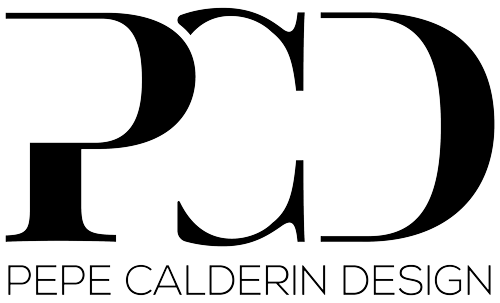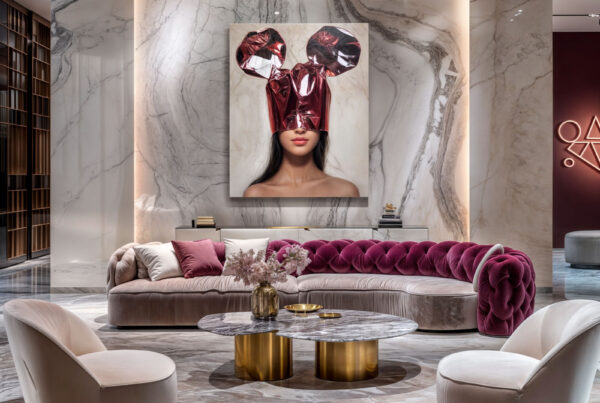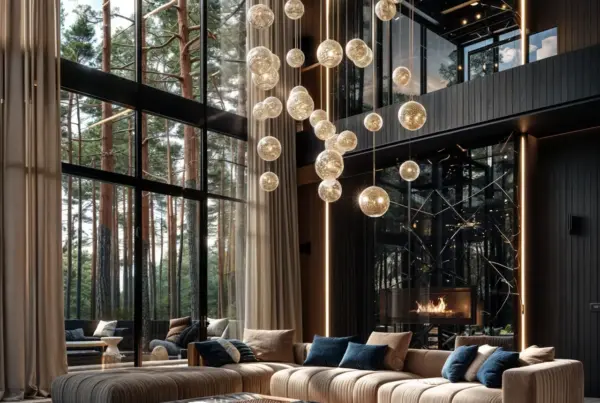Importance of workplace design
A well-designed workplace can significantly boost productivity and improve employee morale. Research shows that office environments that prioritize functionality and aesthetics can lead to higher job satisfaction and increased focus among employees. Natural light, ergonomic furniture, and strategically placed plants are just a few elements that can positively impact the work environment. Consider implementing collaborative spaces, breakout areas, and designated quiet zones in your office layout to cater to different work styles and tasks. An inviting workspace can also help attract top talent and retain valued employees. Remember, the design of your workplace plays a crucial role in shaping the overall work experience for everyone in your organization.
Benefits of professional interior design
Professional interior design in the workplace can lead to increased productivity among employees. By creating a well-designed workspace, it promotes a more efficient workflow and a positive environment for employees to thrive in. Some benefits include:
- Improved employee morale and satisfaction
- Enhanced creativity and innovation
- Optimized use of space for functionality
- Positive impact on employee well-being
- Boost in overall productivity
Elements of a well-designed workspace
A well-designed workspace incorporates elements that promote productivity and creativity. Here are some key components to consider for enhancing your workplace environment: functionality, natural light, comfortable seating, ergonomic furniture, organized space, color psychology, and personalized touches. A well-planned workspace can positively impact your mood, focus, and overall work performance.
Impact of aesthetics on employee productivity
A workplace that is visually appealing can boost employee productivity. Bright colors, natural light, and comfortable furniture can make employees feel more motivated and engaged. Research shows that a well-designed office can lead to increased focus, creativity, and job satisfaction among employees. On the other hand, a dull and uninspiring workspace can have a negative impact on morale and efficiency. Incorporating aesthetically pleasing elements in the workplace can positively influence employee productivity and overall well-being.
Ergonomics in office design
Ergonomics in office design focuses on creating workspaces that promote comfort and efficiency. Utilizing ergonomic principles in office layout and furniture selection can help reduce physical strain and discomfort, leading to improved productivity and well-being. Considerations such as adjustable chairs, proper desk heights, and adequate lighting can all contribute to a more ergonomic workspace. Ergonomics in office design is essential for maintaining a healthy and productive work environment.
Creating functional workspaces
To create functional workspaces, professional interior designers consider factors like lighting, furniture arrangement, and color schemes. Lighting can affect mood and productivity, so designers often incorporate natural light where possible. Proper furniture arrangement promotes movement and collaboration. Color schemes can impact focus and creativity; for example, blue tones may enhance concentration. Ultimately, a well-designed workspace can positively influence productivity and employee satisfaction.
Incorporating branding and culture
When designing an office space, it’s essential to consider how your brand identity and company culture can be reflected in the interior. Incorporating branding and culture into the design can create a cohesive and engaging environment for employees and visitors. Here are some key points to keep in mind:
- Use colors, logos, and design elements that align with your brand identity.
- Integrate elements of your company culture, such as values and mission, into the design to foster a sense of belonging and purpose.
- Consider incorporating inspirational quotes, company milestones, or achievements as part of the decor to motivate and engage employees.
- Create designated spaces that reflect different aspects of your brand and culture, such as collaboration areas, relaxation zones, or innovation corners.
By integrating branding and culture into the interior design, you can enhance workplace productivity and create a space that truly represents your company’s identity.
Collaborative spaces for enhanced productivity
Creating collaborative spaces in the workplace can significantly enhance productivity. By designing areas that encourage teamwork and communication, employees are more likely to engage with each other, share ideas, and work together towards common goals. Here are some key benefits of collaborative spaces:
- Foster creativity and innovation
- Improve problem-solving skills
- Enhance communication and teamwork
- Boost morale and employee satisfaction
Incorporating these spaces into your office layout can lead to a more dynamic and productive work environment, ultimately benefiting both employees and the organization as a whole.
Lighting, color, and design psychology
Lighting, color, and design all play a crucial role in shaping the atmosphere of a workspace. Here are some key points to consider:
- Lighting: Proper lighting can improve focus and reduce eye strain. Natural light is ideal for boosting mood and productivity.
- Color: Different colors can evoke various emotions. Blue is calming, yellow is energizing, and green can enhance creativity.
- Design Psychology: The layout and organization of a space influence how people work. An open layout encourages collaboration, while private areas promote concentration.
By understanding how lighting, color, and design psychology interact, companies can create work environments that support their employees’ well-being and productivity.
Measuring success: Metrics for productivity improvements
Key metrics for measuring productivity improvements in the workplace include: employee engagement levels, absenteeism rates, meeting and project deadlines, and overall satisfaction surveys. Employee engagement measures how involved and enthusiastic employees are in their work, directly impacting productivity. Absenteeism rates reflect how often employees are absent from work, indicating their commitment and morale. Meeting and project deadlines showcase the efficiency of an organization and its ability to deliver results on time. Satisfaction surveys provide valuable insights into employees’ contentment with their work environment, which is crucial for fostering productivity. Consistently monitoring these metrics can help identify areas for improvement and gauge the impact of professional interior design on workplace productivity.



